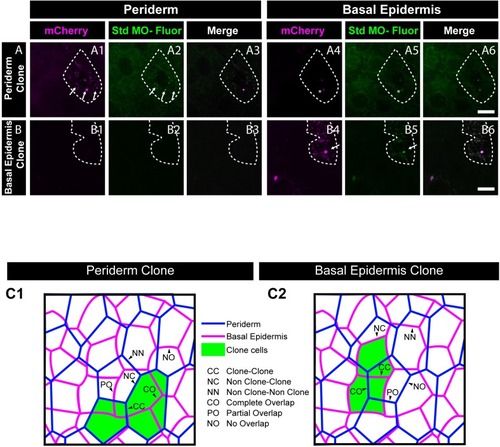Figure 4—figure supplement 1.
- ID
- ZDB-FIG-200125-32
- Publication
- Arora et al., 2020 - Stepwise polarisation of developing bilayered epidermis is mediated by aPKC and E-cadherin in zebrafish
- Other Figures
-
- Figure 1
- Figure 1—figure supplement 1.
- Figure 1—figure supplement 2.
- Figure 1—figure supplement 3.
- Figure 1—figure supplement 4—source data 2.
- Figure 2
- Figure 2—figure supplement 1.
- Figure 2—figure supplement 2.
- Figure 2—figure supplement 3—source data 4.
- Figure 2—figure supplement 4—source data 2.
- Figure 3
- Figure 4
- Figure 4—figure supplement 1.
- Figure 4—figure supplement 2—source data 9.
- Figure 4—figure supplement 3.
- Figure 5
- Figure 5—figure supplement 1.
- Figure 5—figure supplement 2.
- Figure 5—figure supplement 3.
- Figure 5—figure supplement 4.
- All Figure Page
- Back to All Figure Page
|
Morpholino tagged with Carboxyfluorescein ( |

